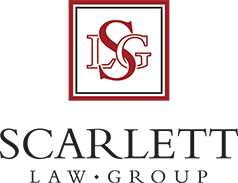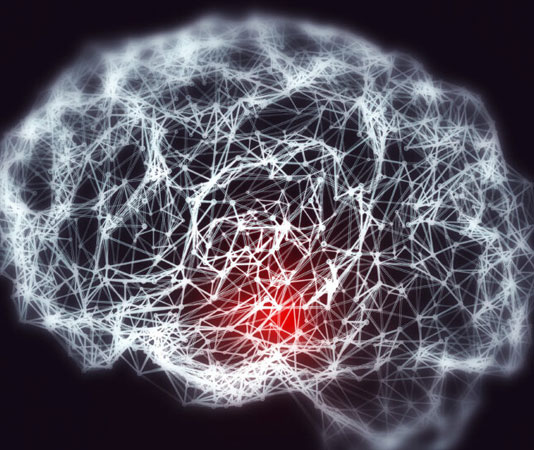When we think of the world of sports, we are met with incredible feats of athleticism, unyielding determination, and inspiring performances that make history. However, there’s another side to this coin – a darker aspect not often illuminated by the stadium lights. Concussions and brain injuries, although common in various sports, are topics sometimes skirted around, despite their significance. Understanding this link, its implications, and measures for mitigation is crucial for the safety and wellbeing of athletes globally.
What is a Concussion?
A concussion is a type of traumatic brain injury caused by a blow to the head or body, a fall, or another injury that shakes the brain inside the skull. Although you can’t see a concussion, its effects are noticeable. Symptoms include headaches, dizziness, and problems with concentration, memory, balance, and coordination. Concussions are indeed subtle, complex, and unique to each individual.
The Ripple Effect on the Brain
Though concussions are not usually life-threatening, their effects can be serious. A single event can result in temporary symptoms, while repeated concussions could lead to long-term complications. The brain, enveloped in fluid, is generally well-protected from everyday jolts and bumps. However, a sudden and forceful hit can cause the brain to collide with the inner walls of the skull, resulting in chemical changes and sometimes stretching and damaging of brain cells.
Athletes at Risk
Athletes involved in contact sports like football, hockey, and boxing are particularly at risk. The fast-paced, aggressive nature of these sports often leads to accidental hits to the head. According to numerous studies, a significant number of professional athletes have suffered at least one concussion during their career. This reality is not exclusive to professionals; amateur and young athletes are also susceptible.
Protecting the Athletes
Prevention is the primary course of action. Proper training, use of helmets, and enforcing rules to minimize violent contact are essential steps to reduce the risk of concussions. Early detection and appropriate treatment are equally pivotal. Rest, both physical and mental, is often prescribed, along with a gradual return to play, under strict supervision.
Medical professionals and trainers are equipped with an array of tools and knowledge to diagnose and manage concussions. The evolution of technology has brought about advanced equipment and protocols to ensure the athlete’s safety. Stringent guidelines are in place to assess the athlete’s readiness to return to play, focusing on a holistic recovery of physical, cognitive, and emotional health.
When Prevention Fails
Despite preventative measures, concussions can and do occur. When they do, understanding the injury, its symptoms, and the necessary steps to recovery becomes essential. Post-concussion syndrome, a complex disorder with a range of symptoms like headaches and dizziness, can linger for weeks or months after the injury that caused the concussion.
Athletes, coaches, and medical staff should be adept in recognizing these symptoms and responding accordingly. A culture of awareness, education, and open communication around the risks and realities of concussions can mitigate their impact and protect the athlete’s long-term health.
The Science Behind the Impact
Understanding the mechanics behind a concussion can provide a clearer picture of their severity. The human brain, which has a consistency similar to gelatin, is protected by cerebrospinal fluid. This fluid acts as a cushion against mild impacts. However, a sudden or violent jolt can cause the brain to move within the skull, causing bruising, damage to blood vessels, and nerve injury. The complexity and fragility of the brain mean that even seemingly minor impacts can disrupt its normal functions.
Varied Responses and Individual Differences
Every athlete is unique, and so is their response to concussions. Factors like age, gender, previous concussion history, and overall health can influence the severity of concussion symptoms and recovery time. For instance, younger athletes might take longer to recover compared to adults. What’s more, individuals who’ve had previous concussions are more susceptible to subsequent ones, even with lesser impacts.
The Emotional Toll of Concussions
While physical and cognitive symptoms are commonly associated with concussions, emotional and psychological effects shouldn’t be overlooked. Post-concussion, athletes might experience mood swings, irritability, depression, and anxiety. Recognizing these symptoms is crucial, not just for the athlete’s physical well-being but for their mental health as well. It’s essential to create a supportive environment where athletes can express their feelings and seek psychological help if needed.
Lifelong Implications and CTE
Chronic Traumatic Encephalopathy (CTE) has gained attention in recent years. It’s a progressive, degenerative brain condition affecting people with a history of repetitive brain trauma, including symptomatic concussions. Early symptoms of CTE include impulsivity, aggression, depression, and short-term memory loss. As the disease progresses, it may lead to advanced memory loss, confusion, impaired judgement, and progressive dementia. Understanding the long-term consequences of repeated head injuries emphasizes the need for more rigorous protective measures.
Promoting a Cultural Shift in Sports
Historically, a ‘shake it off’ attitude prevailed in many sports communities, where athletes were often encouraged to continue playing despite potential concussions. This approach, however, is not only dangerous but can have debilitating long-term effects. It’s vital to promote a culture in sports where the health and safety of athletes are prioritized over the game’s outcome. This means educating not just players, but coaches, referees, parents, and fans about the risks and repercussions of concussions.
Expanding Research Horizons
Although significant strides have been made in understanding concussions, there’s still much to be explored. Continuous research is essential to uncover more about the brain’s response to trauma, long-term implications, and recovery process. As more data is gathered, sports protocols can be refined, protective equipment can be improved, and treatment methods can be optimized.
Have you or a loved one suffered a sports-related concussion? While some injuries in sports are to be expected, sometimes, they might have been preventable. If you believe that your injury was down to the negligence of another party, you may have a claim. At the Scarlett Law Group, we’re here to guide you through the process and help you get the justice you deserve.
You can find us at: 536 Pacific Avenue, San Francisco, CA 94133
Call now for a free consultation on (415) 352-626.

